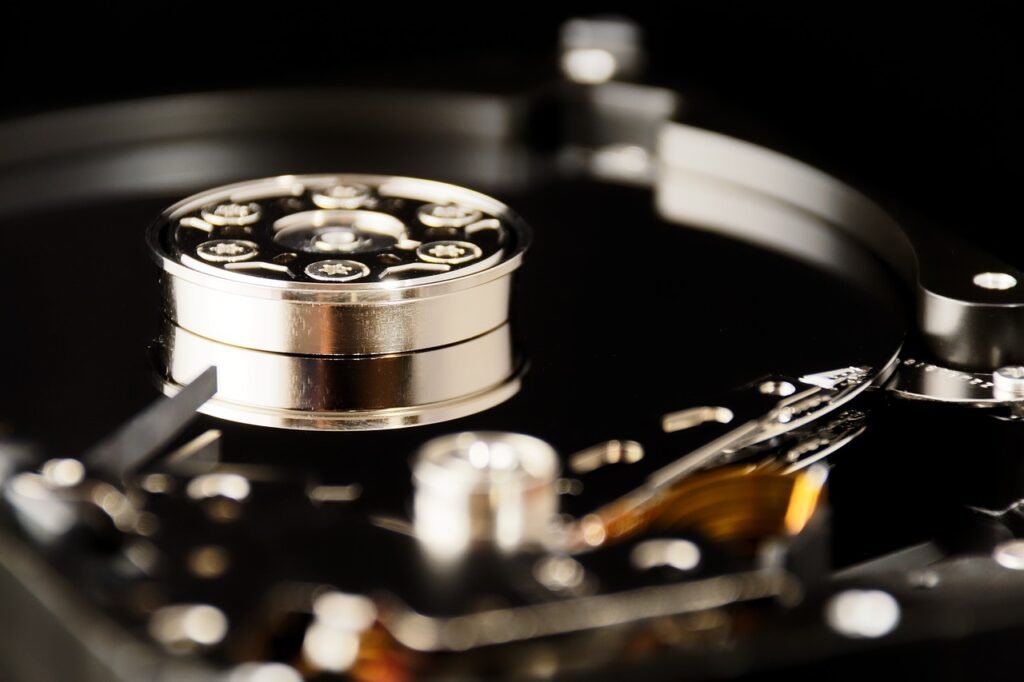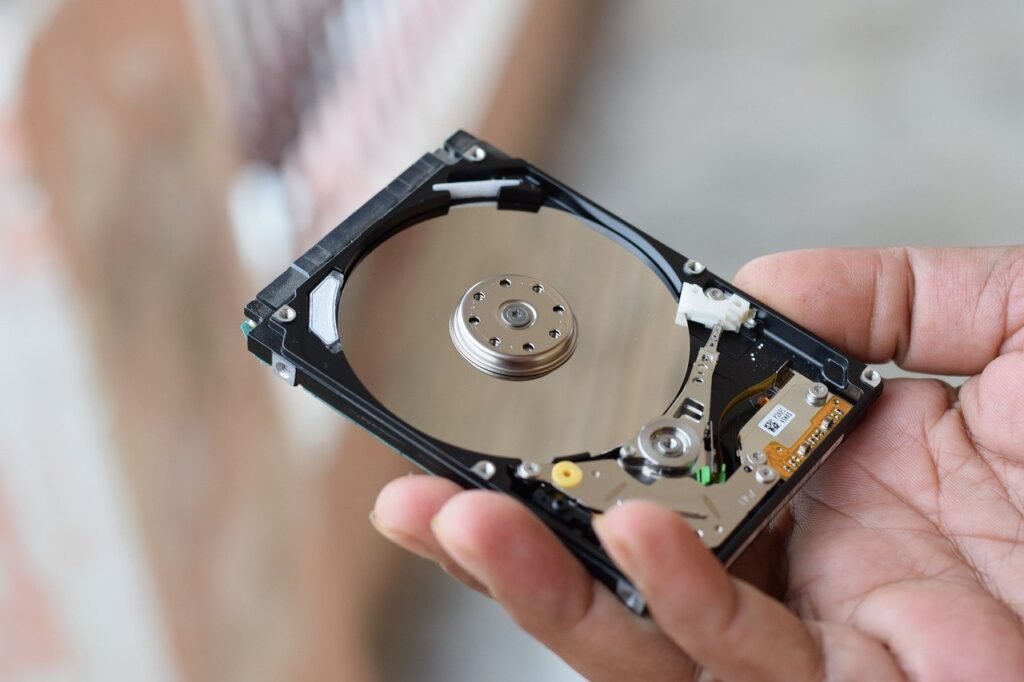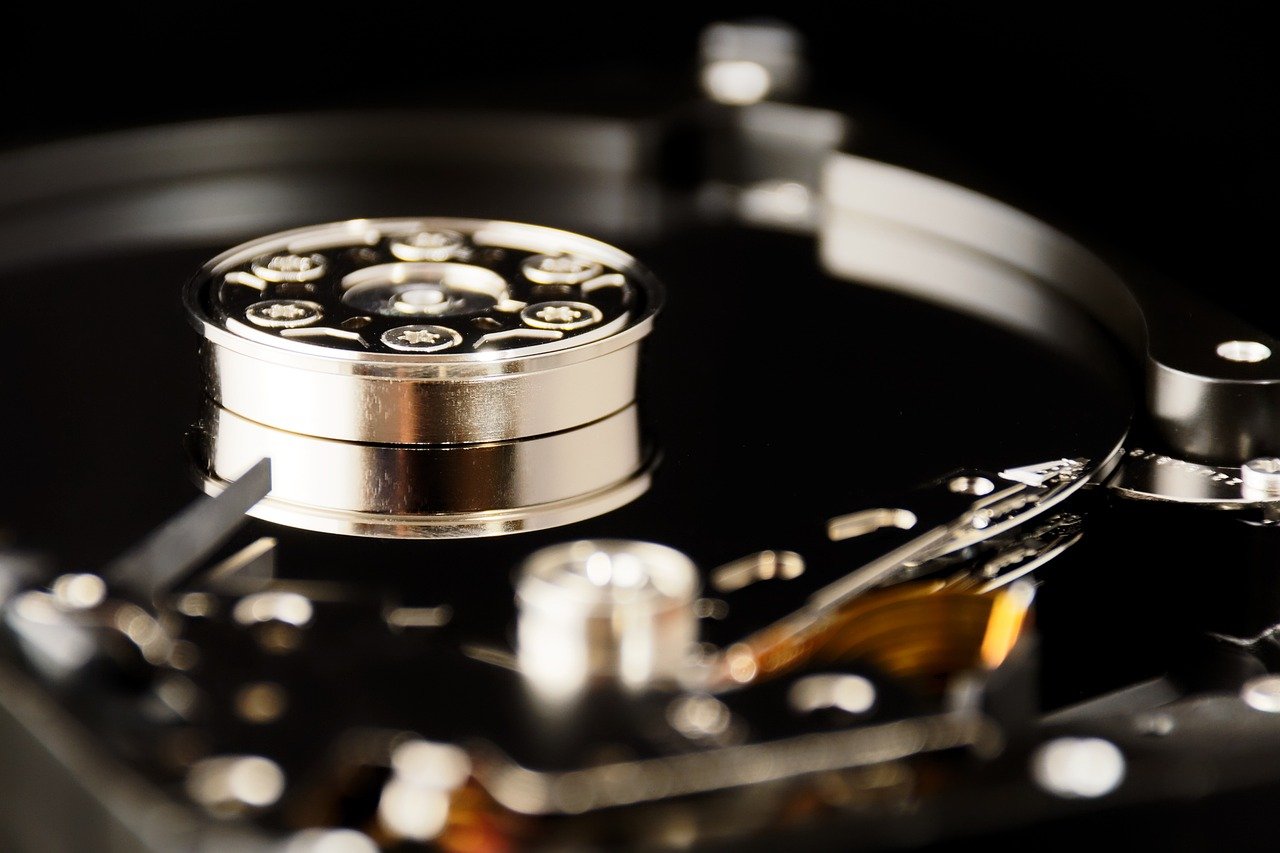If you want to keep your laptop in top shape, it’s crucial to know how to store it properly. Taking a few simple steps can help you avoid potential damage and prolong the lifespan of your trusty device. With this in mind, we’ll walk you through some essential tips and tricks to ensure your laptop stays safe and secure when not in use. From finding the right location to using protective covers, we’ve got you covered. So let’s get started and learn the art of proper laptop storage.

This image is property of pixabay.com.
Choosing the Right Storage Location
When it comes to choosing the right storage location for your laptop, there are a few important factors to consider. One of the most crucial considerations is avoiding extreme temperatures. Exposing your laptop to temperatures that are too hot or too cold can cause serious damage to its components. It’s best to store it in a cool, dry place where the temperature remains relatively stable.
In addition to temperature, moisture is another element to keep in mind. Moisture can lead to corrosion and can be particularly damaging to your laptop’s internal components. Therefore, it’s important to store your laptop in a location that is free from moisture, such as a dry closet or a dedicated storage area.
Lastly, dust and debris can also pose a threat to your laptop’s functionality. It is important to keep your laptop away from dusty environments and store it in a clean and dust-free area. Dust can clog the vents, leading to overheating, and debris can scratch the surface of the laptop. By choosing a storage location that is free from dust and debris, you can ensure the longevity of your laptop.
Preparing Your Laptop for Storage
Before storing your laptop, it’s crucial to take a few steps to ensure that it is adequately prepared. One of the first things you should do is create a backup of all your important files. This will safeguard your data in case of any unforeseen circumstances during storage.
In addition to creating a backup, it is wise to update and organize your files. This will ensure that all your important documents, photos, and videos are easily accessible when you need them. It also helps to declutter your laptop, which can improve its performance.
Next, remove any peripherals and accessories that are connected to your laptop. This includes USB drives, external hard drives, and any other devices that are plugged into your laptop. Removing these peripherals will prevent any potential damage during storage and also minimize the risk of tangling cables.
Lastly, it’s important to clean your laptop before storing it. Use a soft, lint-free cloth to gently wipe the exterior and remove any dust or fingerprints. You can also use compressed air to clean the keyboard and the ports. A clean laptop not only looks good but also helps prevent any dirt or debris from causing damage.
Choosing the Right Storage Case
To further protect your laptop during storage, it’s essential to choose the right storage case. A case with proper padding is crucial as it provides an additional layer of protection against bumps and impacts. Look for a case that is specifically designed for laptops and provides ample cushioning.
Opting for a form-fitting case is equally important. A case that fits snugly around your laptop will prevent it from moving around and potentially getting scratched. It ensures that your laptop remains securely in place during storage.
Considering water-resistant cases is another wise choice. Accidental spills or leaks can occur, and a water-resistant case will help protect your laptop from water damage. Look for a case that is made from waterproof materials or has a waterproof lining to provide maximum protection.
Removing the Battery
One crucial step in preparing your laptop for storage is removing the battery. This is especially important if your laptop has a removable battery. Before removing the battery, it’s advisable to check its level to ensure it is not completely drained. If the battery is completely discharged, it could potentially leak and cause damage to your laptop.
To properly remove the battery, begin by disconnecting the power adapter from your laptop. This ensures that there is no power flowing to the laptop during the battery removal process. Once the power adapter is disconnected, you can proceed to remove the battery according to the manufacturer’s instructions.
It’s important to note that not all laptops have removable batteries. If your laptop has a built-in battery, you can skip this step as it is not necessary.

This image is property of pixabay.com.
Powering Down the Laptop
Before storing your laptop, it’s essential to power it down properly. Start by shutting down the operating system. This allows the laptop to close all programs and applications safely, ensuring that no data is lost or corrupted.
Once the operating system is shut down, close all open programs and applications. This helps prevent any background processes or tasks from interfering with the storage process. Closing all programs also ensures that the laptop’s resources are not unnecessarily consumed during storage.
In addition to shutting down the operating system and closing programs, it’s also important to disconnect your laptop from any external devices such as printers, monitors, or docking stations. This ensures that the laptop is free from any potential interferences or accidental power surges that could occur during storage.
Securing Cables and Cords
To keep your laptop organized and tangle-free during storage, it’s important to tidy up its cables. Start by gathering all the cables and cords that are connected to your laptop. Fold them neatly and secure them using twist ties or cable organizers. This helps prevent any damage to the cables and also makes it easier to set up your laptop when you retrieve it from storage.
To make identifying cables easier, consider labeling them. This can be particularly helpful if you have multiple devices or a complex setup. By labeling the cables with simple tags or markers, you can quickly identify which cable belongs to which device, saving you time and frustration.

This image is property of pixabay.com.
Protecting the Screen
The screen is one of the most delicate parts of your laptop, and protecting it during storage is crucial. One way to safeguard the screen is by using a keyboard protector. This thin layer of plastic or silicone covers the keyboard, preventing any dirt, dust, or debris from settling between the keys and potentially scratching the screen.
Applying a screen protector is also highly recommended. Screen protectors are thin, transparent films that adhere to the laptop screen. They provide an additional layer of protection against scratches and can also reduce glare. Be sure to clean the screen thoroughly before applying the protector to ensure a smooth and air bubble-free installation.
Lastly, before storing your laptop, always close the laptop lid. This helps protect the screen from any potential accidents or damages that could occur during storage. Closing the lid also helps minimize dust and debris from settling on the keyboard or screen.
Choosing the Right Storage Position
The position in which you store your laptop can have an impact on its overall condition. Ideally, you should keep the laptop flat during storage. This ensures that all components are evenly supported and reduces the risk of any stress or pressure on the internal parts.
To further protect your laptop, it’s important to avoid stacking heavy objects on top of it. Heavy objects can exert pressure on the laptop, potentially causing damage to the screen, hinges, or other critical components. Instead, store your laptop in a dedicated space where it won’t be subjected to any unnecessary weight.
Using a stand or docking station is another option to consider when choosing the right storage position. These accessories provide a stable and elevated platform for your laptop. The stand or docking station helps improve airflow around the laptop, reducing the risk of overheating during storage.
Avoiding Long-Term Storage
While it may be tempting to store your laptop for long periods, it’s generally recommended to power it on periodically. This helps prevent any potential issues that may arise from extended periods of inactivity. By powering on your laptop periodically, you ensure that its components remain functional and its software stays up to date.
Updating software and drivers is another important step to take during long-term storage. Outdated software and drivers can potentially lead to compatibility issues or security vulnerabilities. By regularly updating the software, you ensure that your laptop is equipped with the latest features and security patches.
Checking and maintaining battery health is vital for long-term storage. If your laptop has a removable battery, it’s a good idea to provide a minimal charge every few months to keep the battery from completely discharging. This helps prevent battery degradation and prolongs its lifespan. For laptops with built-in batteries, ensure that the battery is not completely drained before storing it.
Regular Maintenance during Storage
Even during storage, it’s important to perform regular maintenance on your laptop. Cleaning the laptop regularly helps prevent dust buildup and keeps it looking good. Use a soft, lint-free cloth to wipe the exterior and the screen. You can also use compressed air to clean the keyboard and ports, making sure to remove any dust or debris that may have accumulated.
It’s also a good idea to reconnect the power adapter to your laptop periodically during storage. This helps maintain the battery’s charge and ensures that it remains in good condition. Additionally, check the battery health or charge level to ensure it is not deteriorating while in storage.
Lastly, it’s crucial to be vigilant for any signs of pest infestation during storage. Pests like rodents or insects can cause significant damage to your laptop and other belongings. Regularly inspect the storage area for any evidence of pest activity and take appropriate measures to prevent infestation, such as using pest repellents or traps.
By following these comprehensive steps for properly storing your laptop, you can ensure that it remains in top condition and is ready for use whenever you need it. Taking the time to prepare your laptop for storage, choosing the right storage case, and performing regular maintenance will help prolong its lifespan and protect your valuable data. Remember, a well-cared-for laptop is a laptop that will serve you well for years to come.
